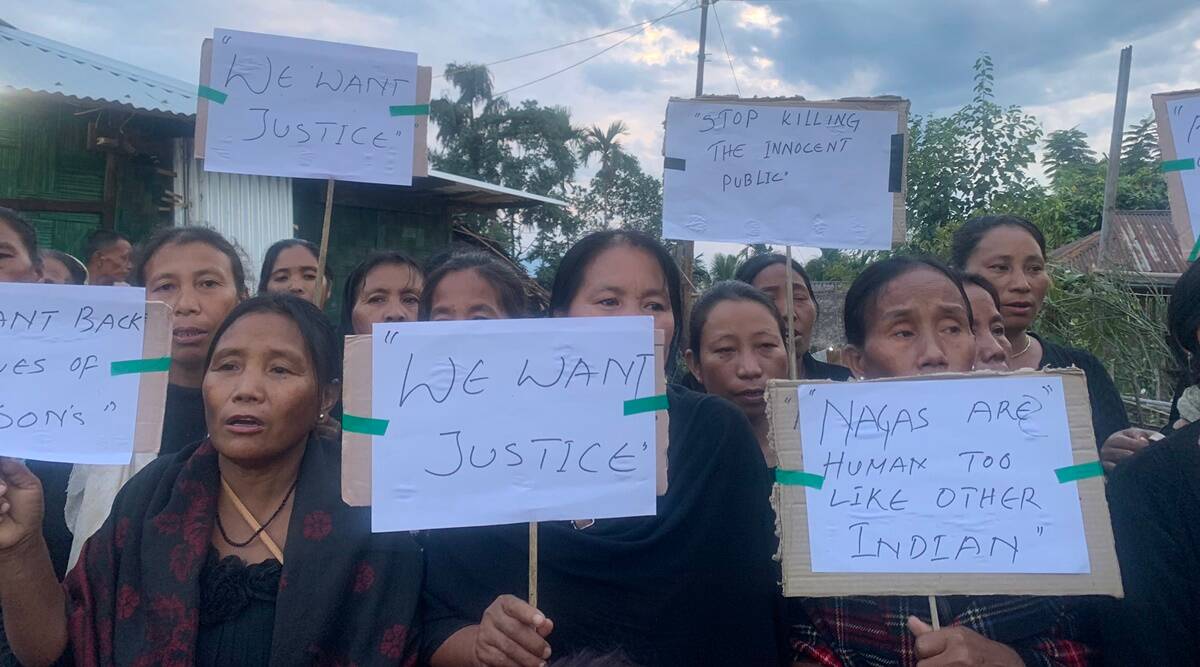Nagaland already enjoys a special position under Article 371-A of the Constitution. Naga “self-deter-mination” within the Union can be further expanded if necessary in ways that enhance the distinctive identity of all the Naga peoples in Nagaland and contiguous areas. The Naga way of life and cultural and economic bonds among all the Naga peoples can surely be strengthened without derogating from the integrity of any other Indian State. The instrumen-tality of the Naga Ho Ho (assembly) is already available and at work for such purposes.
The Bodoland problem seems to be moving towards resolution with broad agreement on the constitution of a Bodoland Territorial Council under the Sixth Schedule. This would empower the Assam Governor to safeguard Bodo interests in respect of all transferred subjects. The problem now is to ensure that the other ethnic groups within the BTC area enjoy equivalent safeguards to protect their special concerns.
A Naga accord in particular would have a salutary effect throughout the North-East. All the other insur-gencies must be similarly approached with a mixture of understanding, accommodation and firmness. Many problems are essentially psychological and can be prevented or cured by tactful handling. In many matters, style counts for as much as substance, possibly more.
Assam has made a number of interesting political forays in creative federalism. The non-territorial Apex Councils established to protect Tiwa, Rabha and Mishing identities follow the earlier creation of new and more generously empowered Autonomous Councils for Karbi Anglong and the North Cachar Hills. Some would argue that these have not worked to everybody’s satisfaction. Yet they represent bold experiments on which one can build.
The principle of non-territoriality can also be used first to defuse and then to resolve the thorny issue of “outsiders” in the region. Those so defined may be granted electoral rights in specially designated non-territorial constituencies. This would enable them to elect a certain number of members to the State Assemblies, and even to Parliament if necessary. They would thus no longer hold the balance in a large number of constituencies as at present. Shillong and Dimapur are examples of two such “general” constituencies. Both are larger than most in Meghalaya and Nagaland. Similar non-territorial constituencies can be set up in special export processing zones or in the trusteeship areas outlined earlier.







 An orbiting message of peace
An orbiting message of peace The Top Viral YouTube Videos of 2017
The Top Viral YouTube Videos of 2017 Meet R.N. Ravi, who is mediating peace with the Nagas
Meet R.N. Ravi, who is mediating peace with the Nagas The last Konyak headhunters of Nagaland
The last Konyak headhunters of Nagaland










Leave a Reply
Your email address will not be published. Required fields are marked (required)